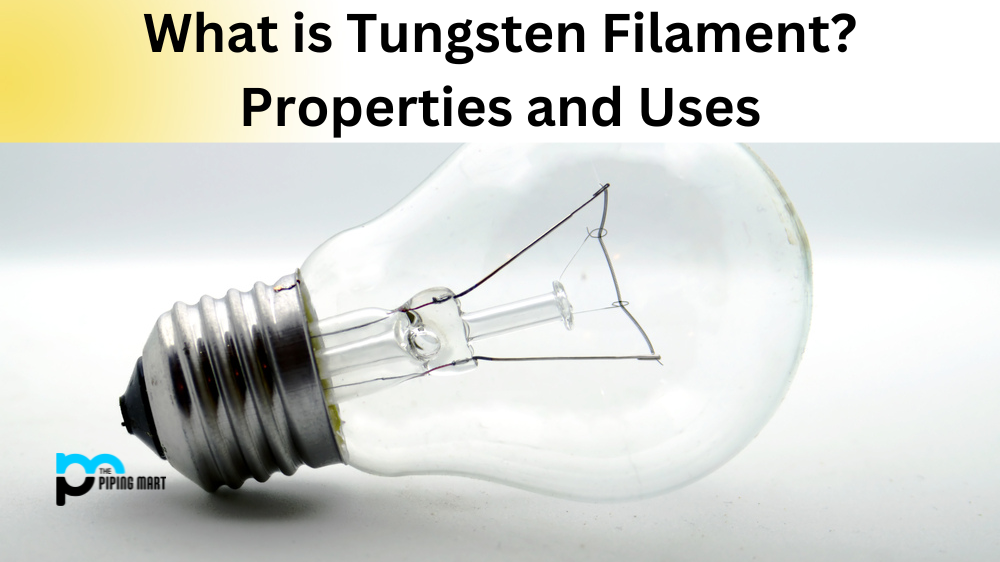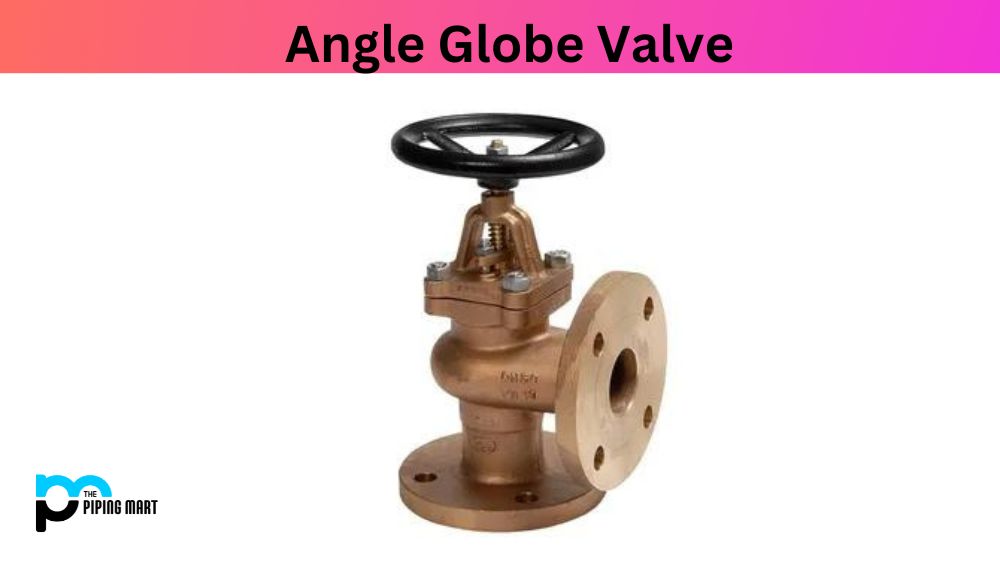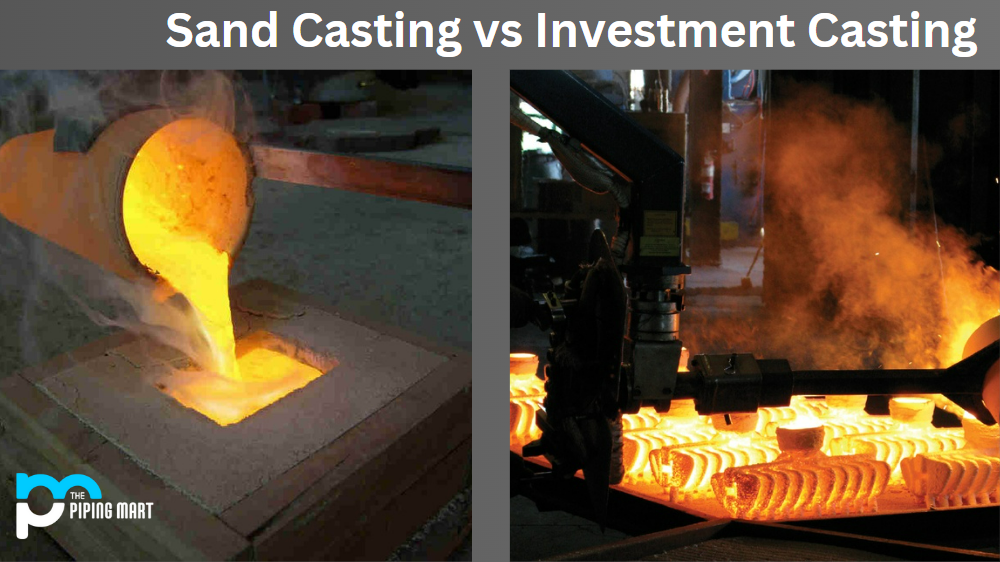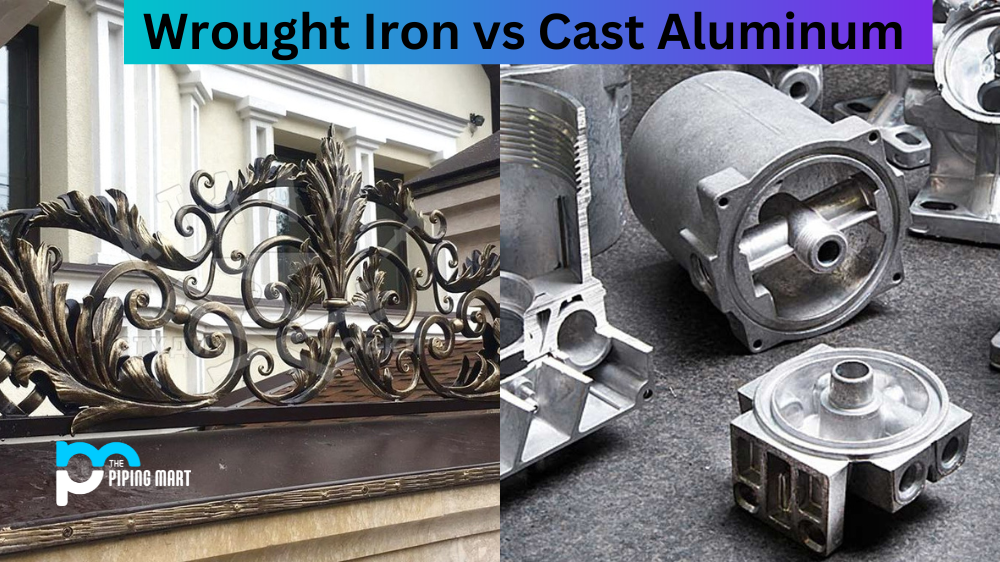A tungsten filament is an important part of many devices. It is used in incandescent light bulbs, vacuum tubes, and even electron microscopes. Knowing the properties of a tungsten filament can help you determine if it is the right material for your project. Let’s take a closer look at what makes tungsten filaments so special.
What is tungsten filament?
Tungsten filament is an alloy wire made from tungsten and other metals that produces light when it is heated. Its melting point is extremely high at 3422 degrees Celsius, which makes tungsten filaments the ideal material for very bright lights such as car headlights or runlights. With a tungsten filament, lightbulbs don’t need as much energy to produce more light than traditional bulbs, making them more efficient and reducing their impact on the environment. Therefore tungsten filament can be seen in numerous applications, including lighting a home or being part of many industrial equipments used worldwide.
Tungsten Filament Properties
High-Temperature Resistance
One of the most impressive features of a tungsten filament is its ability to withstand high temperatures without melting or deforming. This property makes it an ideal material for light bulbs and other high-heat applications where you need to maintain a specific shape over time. For example, in an incandescent light bulb, the tungsten filament allows electricity to flow through it while providing a consistent source of illumination.
High Tensile Strength
In addition to being able to stand up to high temperatures, tungsten filaments are incredibly strong too. Tungsten has one of the highest tensile strengths among all metals, making it highly resistant to breakage or cracking under pressure. This means that when you choose a tungsten filament for your project, you can count on it lasting for years without any issues.
High Conductivity
The last property we will discuss is conductivity. Tungsten’s ability to conduct electricity makes it an ideal choice for many electrical applications, such as heating elements or electrodes in electro-plating systems. Its high conductivity also allows it to be used in electron microscopes as well as other scientific instruments that require precise control over the current flow.
Tungsten Filament uses
- light bulbs.
- lasers.
- electron microscopes.
- x-ray machines.
- welding torches.
- electrical contacts.
Conclusion:
Tungsten filaments have some impressive properties that make them useful in many different applications. They have a very high-temperature resistance which allows them to remain stable in extreme environments while also having a very high tensile strength which makes them incredibly durable over time. Lastly, they possess excellent electrical conductivity, which makes them perfect for electrical projects such as heating elements or electrodes in electro-plating systems. All these factors combine to make tungsten filaments an excellent choice for anyone looking for reliable materials with superior performance characteristics!

Pipingmart is a B2B portal that specializes in metal, industrial and piping items. Additionally, we share the latest information and information about materials, products and various types of grades to assist businesses that are involved in this business.




